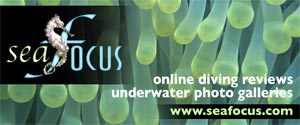- Home
- Directory
- Shop
- Underwater Cameras - Photographic Accessories
- Smartphone Housings
- Sea Scooters
- Hookah Dive Systems
- Underwater Metal Detectors
- Dive Gear
- Dive Accessories
- Diving DVD & Blu-Ray Discs
- Diving Books
- Underwater Drones
- Drones
- Subscriptions - Magazines
- Protective Cases
- Corrective Lenses
- Dive Wear
- Underwater Membership
- Assistive Technology - NDIS
- On Sale
- Underwater Gift Cards
- Underwater Art
- Power Stations
- Underwater Bargain Bin
- Brands
- 10bar
- AOI
- AquaTech
- AxisGo
- Backscatter Underwater Video and Photo
- BLU3
- Cayago
- Chasing
- Cinebags
- Digipower
- DJI
- Dyron
- Edge Smart Drive
- Eneloop
- Energizer
- Exotech Innovations
- Fantasea
- Fotocore
- Garmin
- Geneinno
- GoPro
- Hagul
- Hydro Sapiens
- Hydrotac
- Ikelite
- Indigo Industries
- Inon
- Insta360
- Intova
- Isotta Housings
- Jobe
- JOBY
- Kraken Sports
- LEFEET
- Mirage Dive
- Nautica Seascooters
- Nautilus Lifeline
- NautiSmart
- Nitecore
- Nokta Makro
- Oceanic
- Olympus
- OM System
- Orca Torch
- Paralenz
- PowerDive
- QYSEA
- Scubajet
- Scubalamp
- Sea & Sea
- SeaDoo Seascooter
- SeaLife
- Seavu
- Shark Shield
- Sherwood Scuba
- Spare Air
- StickTite
- Sublue
- Suunto
- SwellPro
- T-HOUSING
- Tusa
- U.N Photographics
- Venture Heat
- XTAR
- Yamaha Seascooter
- Youcan Robot
Wet Nurse to a Dragon
Contributed by Scuba Diver Australasia
 Text
and Photo: Tony White
Text
and Photo: Tony White
"If we go into the ocean often enough, one day it will show you its true
wonders."
Kangaroo Island is Australia's third largest satellite island at 330 km
long, consisting of primarily farming communities with designated national parks
over two-thirds of its land and sea. Situated off the coast of Southern Australia,
about 40 km south of Adelaide, it is the home of leafy sea dragons, one of the
world's most striking underwater creatures. Endemic to the more temperate waters
of the Southern Ocean, this delicate fish continually draws divers and photographers
back to gaze in awe at one of nature's underwater wonders.
The leafy sea dragon is one of two species of sea dragon to be found in southern
Australian waters. The common, or weedy sea dragon (Phyllopteryx taeniolatus)
is less rare and is typically encountered more frequently in the same areas.
The leafy sea dragon is an endangered species, in 1991 WA Fisheries in Western
Australia declared it a 'totally protected species', and it became
the official conservation symbol of southern Australian waters. Anyone who has
marvelled at this delicate and colourful creature cannot fail to see the strong
resemblance between the leafy sea dragon and those mythical fairy-tale dragons
we read about as children. Sea dragons actually belong to the same family as
seahorses (Sygnathidae), but differ in appearance because of the leaf-like
appendages on their heads and bodies, and the tail that - unlike those
of the seahorses - cannot be used as an anchor.
Delivering a baby
On the morning of 8 February 2002, a small group of divers sat expectantly in a small bay overshadowed by the rugged cliffs of this majestic island, onboard the Wind Cheetah, Kangaroo Island Dive Safaris' well-appointed catamaran, captained by Jim Thistleton. Jim is the acknowledged as the area's expert on these fascinating fish, and he has been tracking the local population over the last 10 years. During which time he had developed an almost preternatural insight into their behaviour: If Jim says there is a leafy under the boat, then that is exactly where you would find one!
On my arrival just the week before, I was overjoyed when Jim informed me that, due to the bad summer, some of the male leafies were still carrying eggs. It was an unexpected windfall, because pregnant males are typically only seen in the earlier months of the summer (November and December). With great faith I entered the water for the first dive of the trip in the hope of photographing these stunning creatures.
Within minutes I encountered an egg-carrying male at approximately 12m, and went about the usual routine of angles, flash settings etc, when Micky, the dive guide, came over to me and indicated to what I thought was a juvenile leafy that she had just found. I followed her to a position further up the reef wall and what I encountered sent life into slow motion. This experience was to be one of the most rare moments of my life, for lazily swimming along the reef was another male, this one too carrying eggs, one of which was beginning to hatch!
To record this unique event, Tony used Fuji Velvia film in a Nikon F90X camera with a 60 mm macro lens and a Sea and Sea housing, lighting was provided by a ring flash.Tony White is a full-time underwater photojournalist who leads small groups to Kangaroo Island every January (www.seaofdreams.co.uk)
This article was originally published in Scubadiver Australasia
Shopfront
-
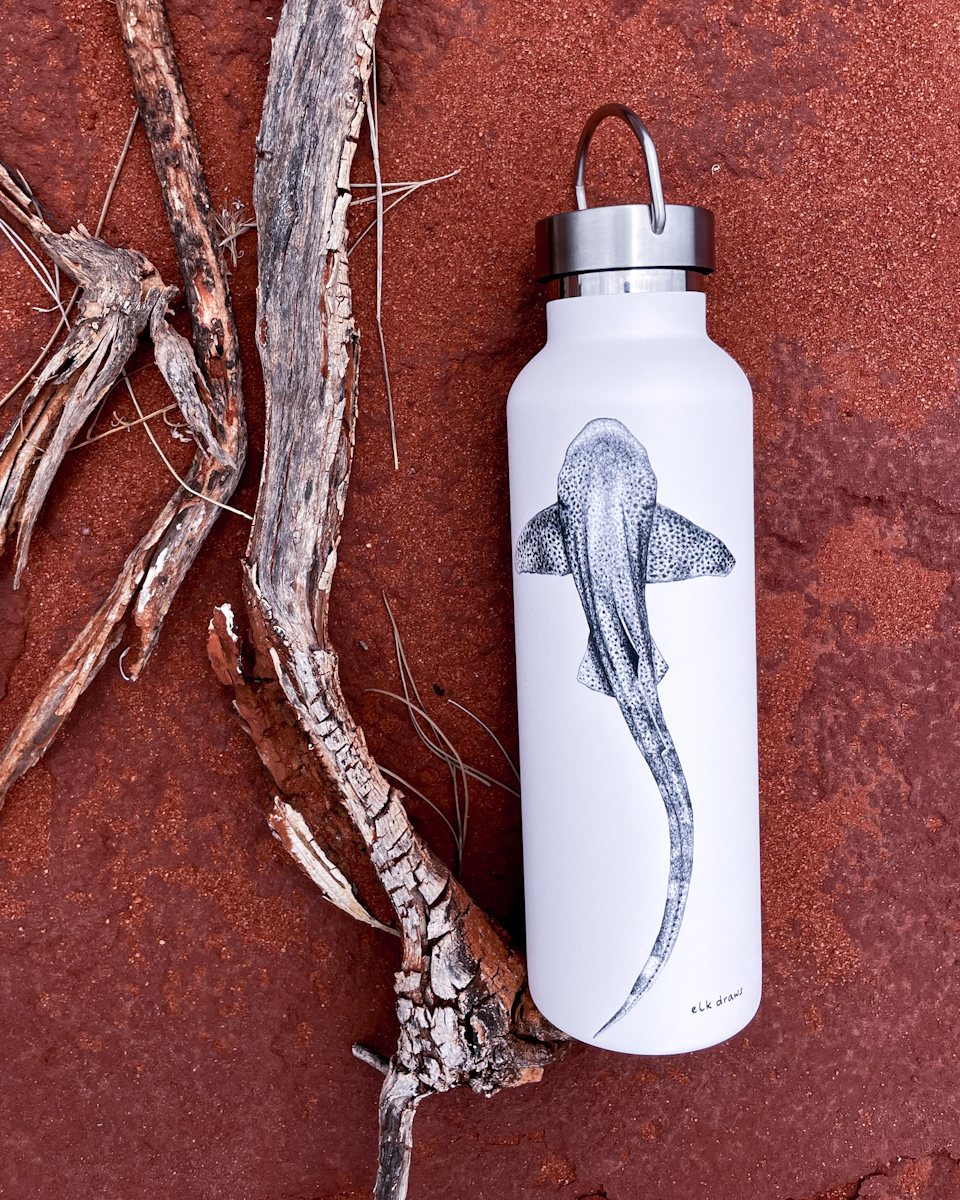 Underwater X Elk Draws Stainless Steel Insulated Water Bottle for Mental Health - Leopard Shark
Underwater X Elk Draws Stainless Steel Insulated Water Bottle for Mental Health - Leopard Shark
- Price A$ 39.95
-
 Insta360 X4 Invisible Dive Case
Insta360 X4 Invisible Dive Case
- Price A$ 169.00
-
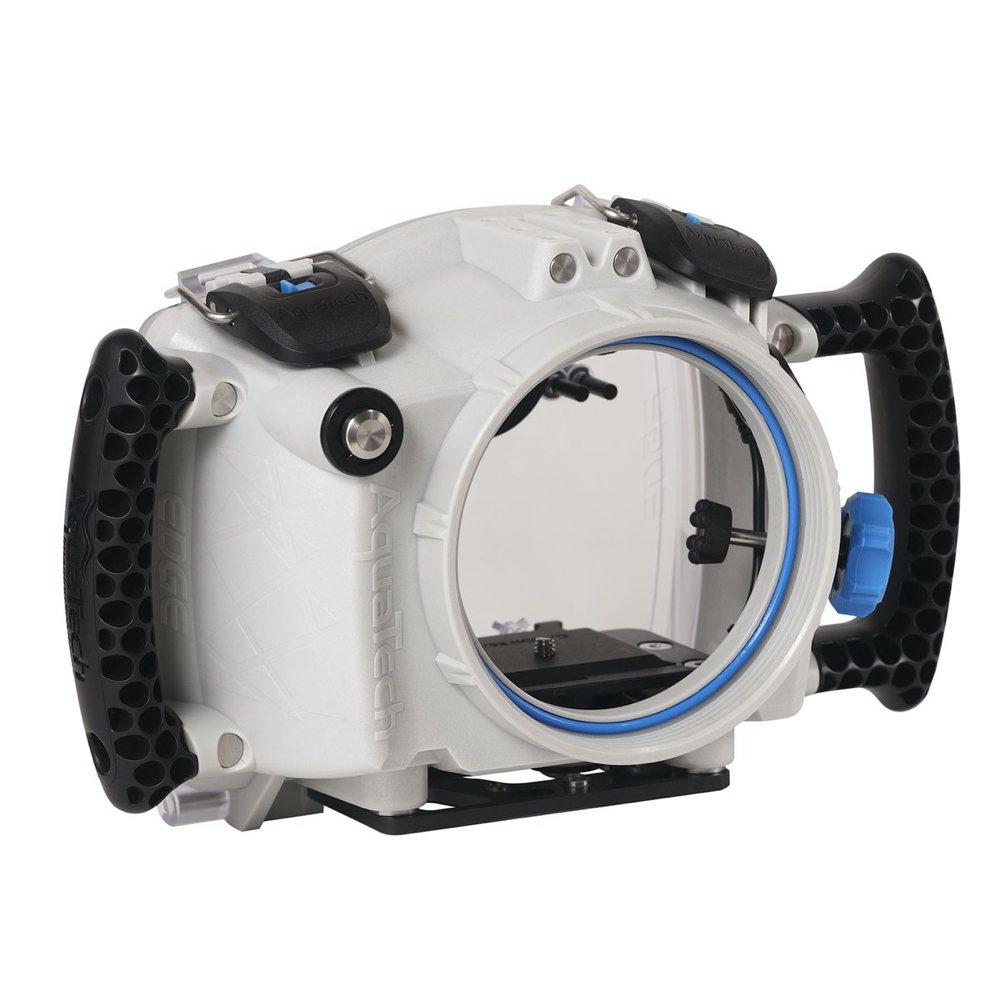 AquaTech EDGE Pro Camera Water Housings - Fujifilm mirrorless
AquaTech EDGE Pro Camera Water Housings - Fujifilm mirrorless
- Price A$ 2,149.00
-
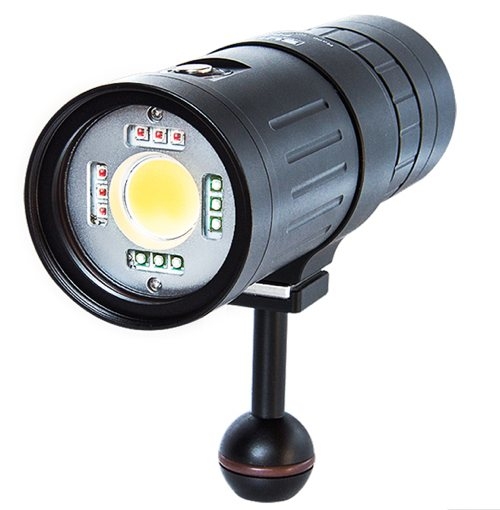 Scubalamp P53 LED Video/Photo Strobe Light - 5000 lumens
Scubalamp P53 LED Video/Photo Strobe Light - 5000 lumens
- Price A$ 699.00
-
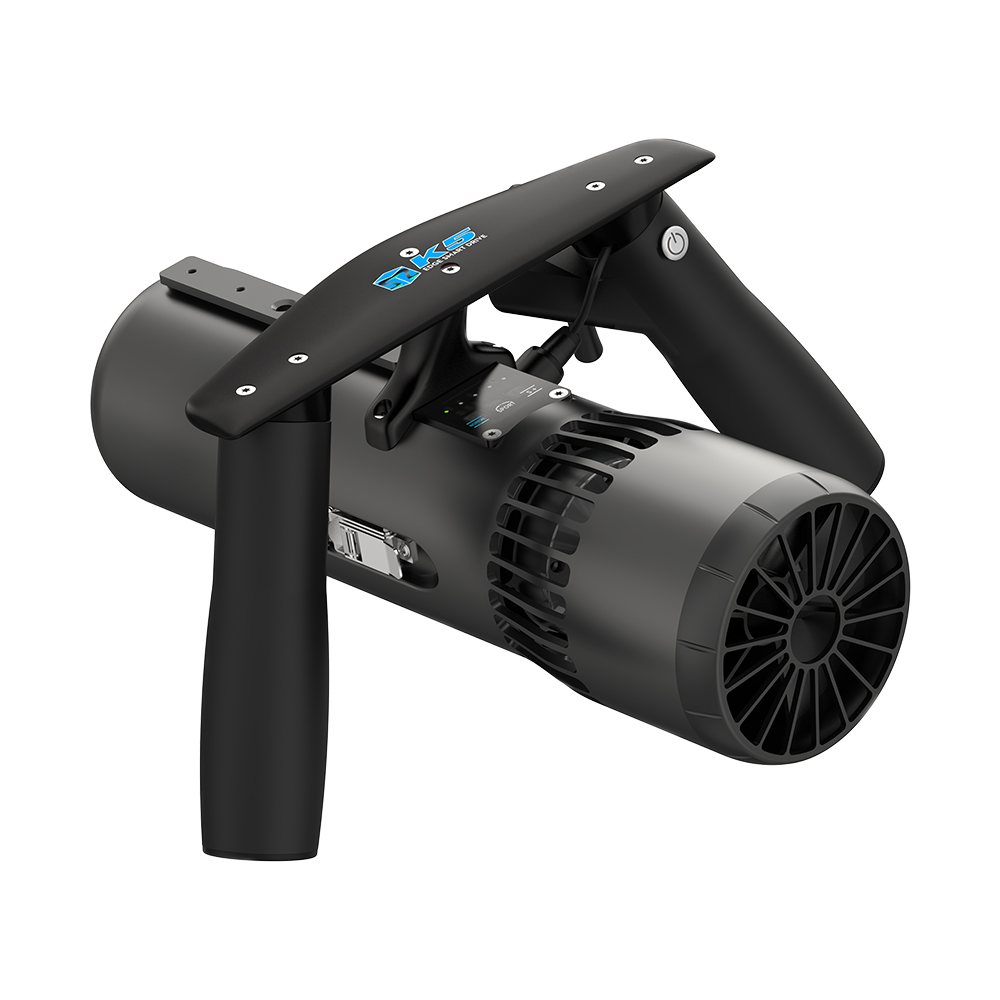 K5 Underwater Scooter
K5 Underwater Scooter
- Price A$ 999.00
-
 Inon UCL-90 M67 Underwater Close-up Macro Lens +11
Inon UCL-90 M67 Underwater Close-up Macro Lens +11
- Price A$ 499.00
-
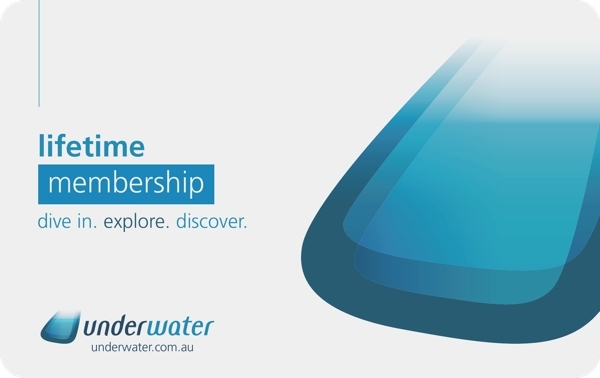 Underwater Card - Lifetime membership
Underwater Card - Lifetime membership
- Price A$ 30.00
In the Directory



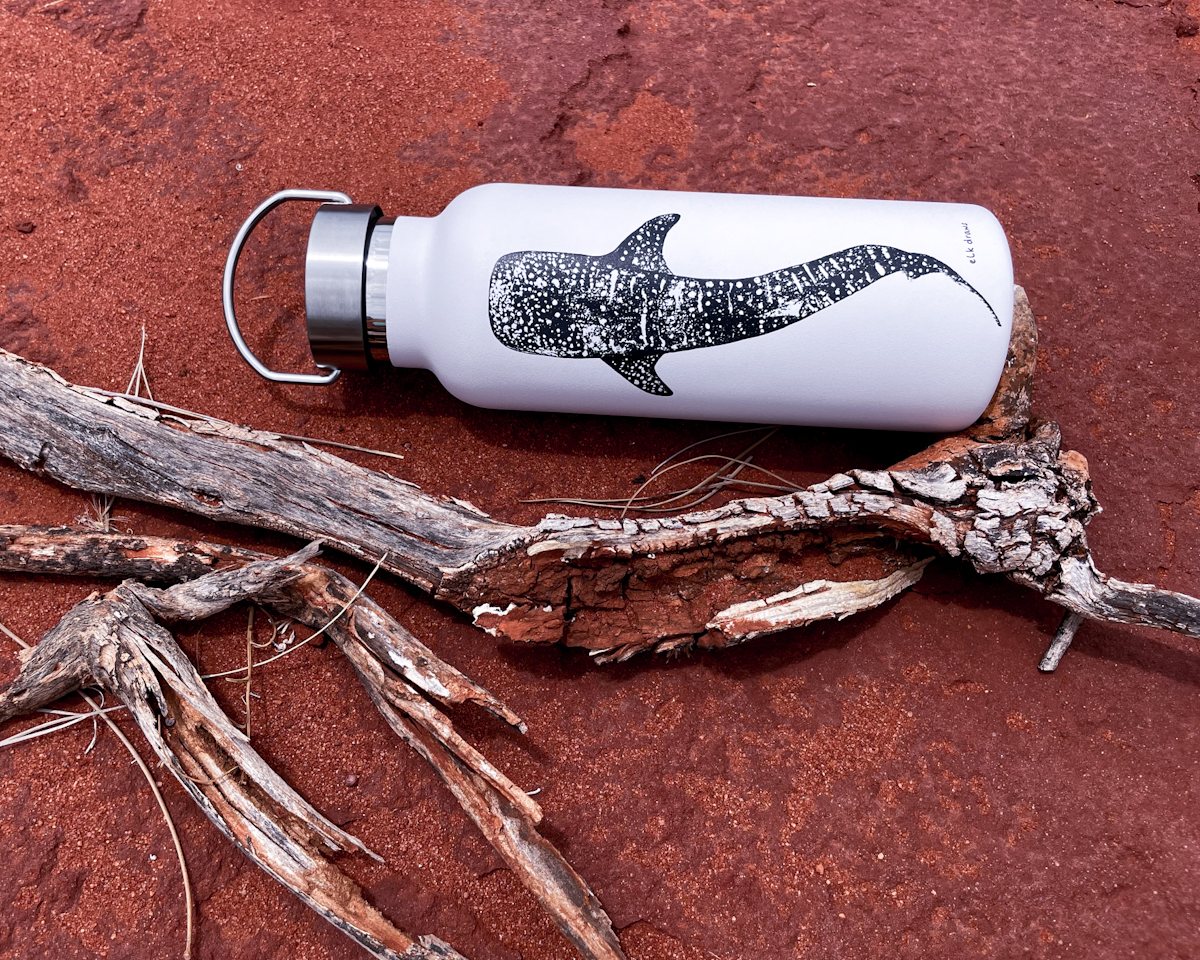
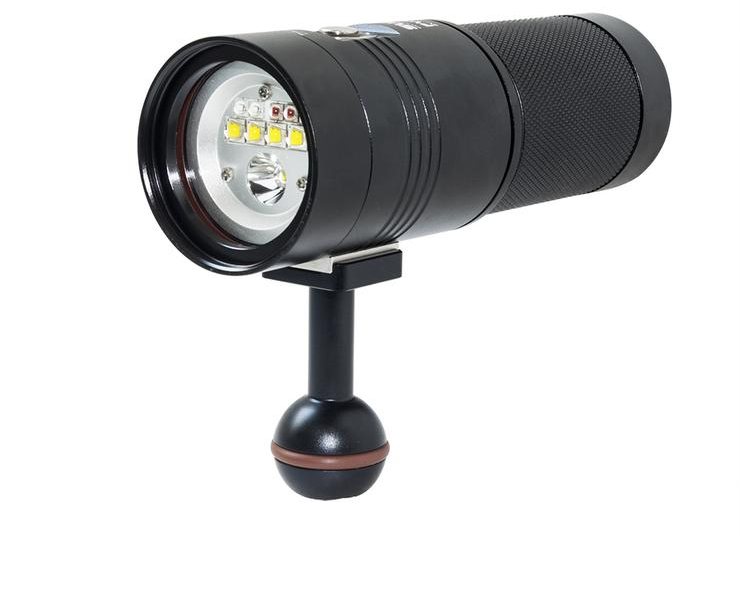
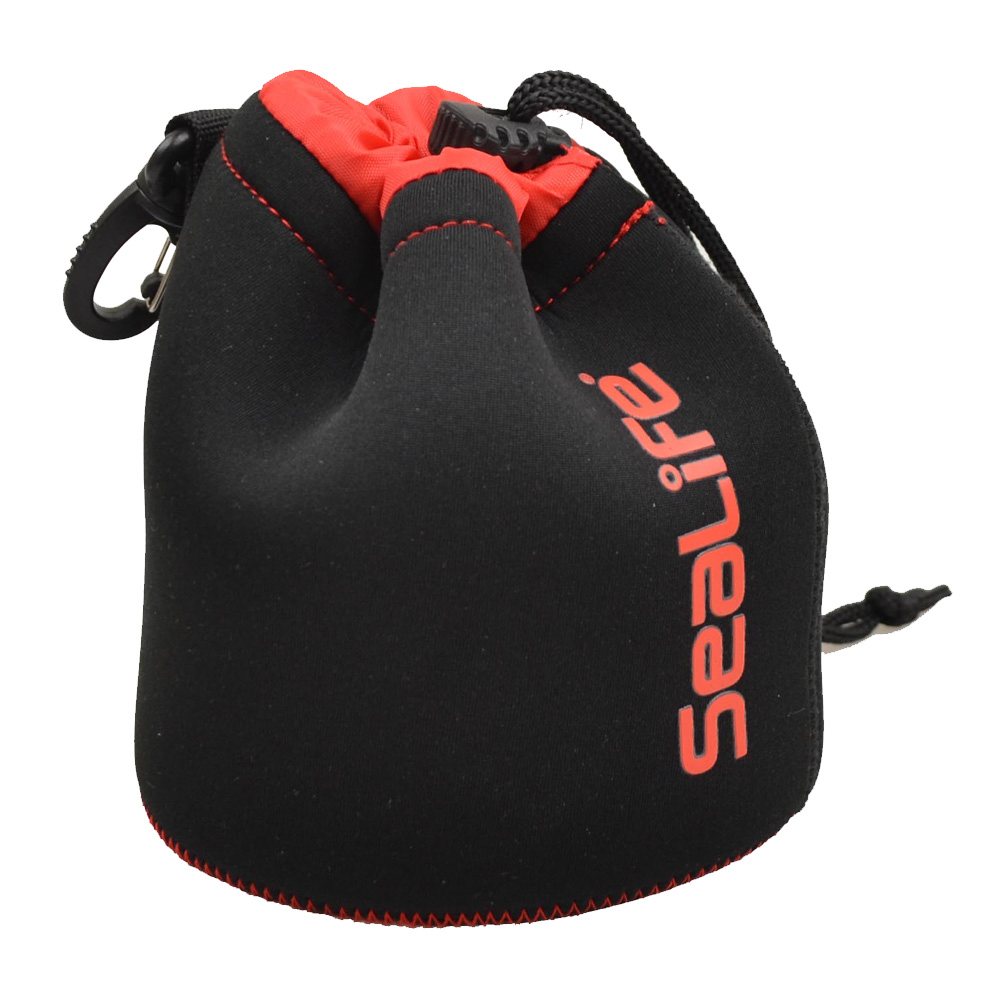
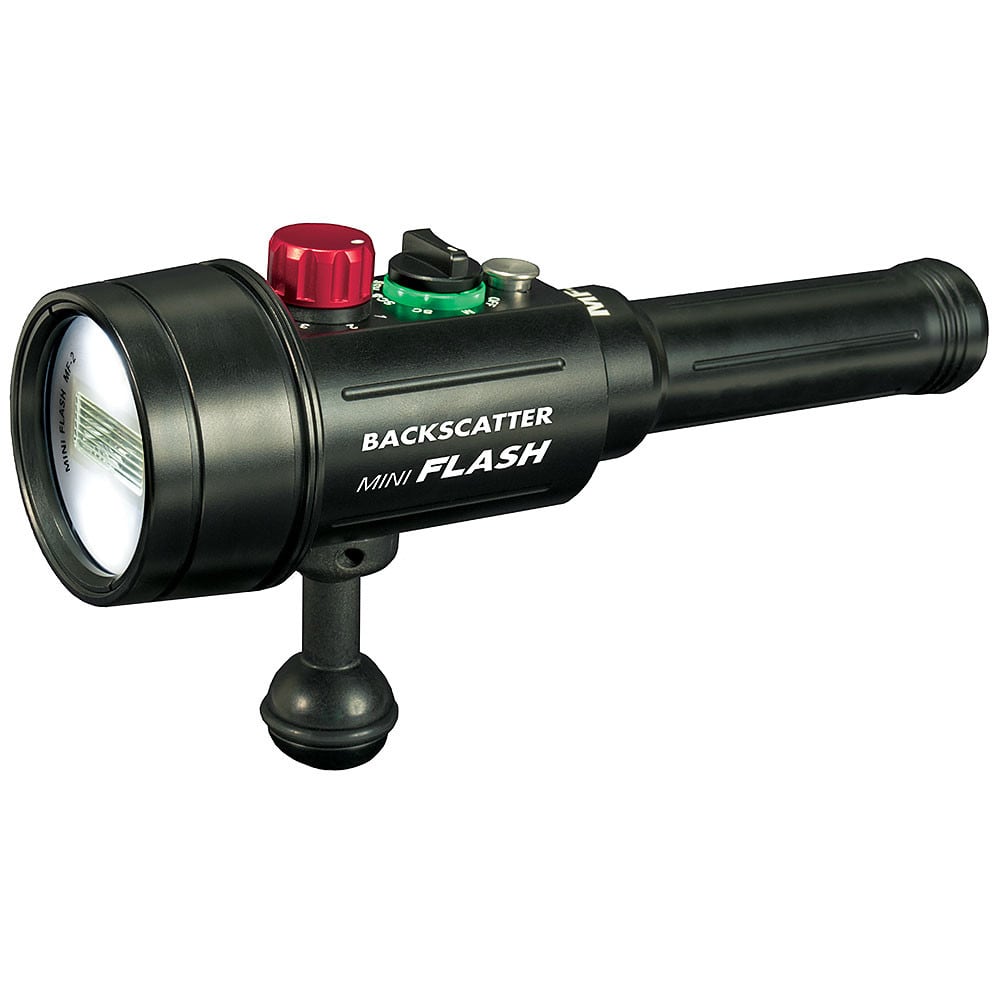

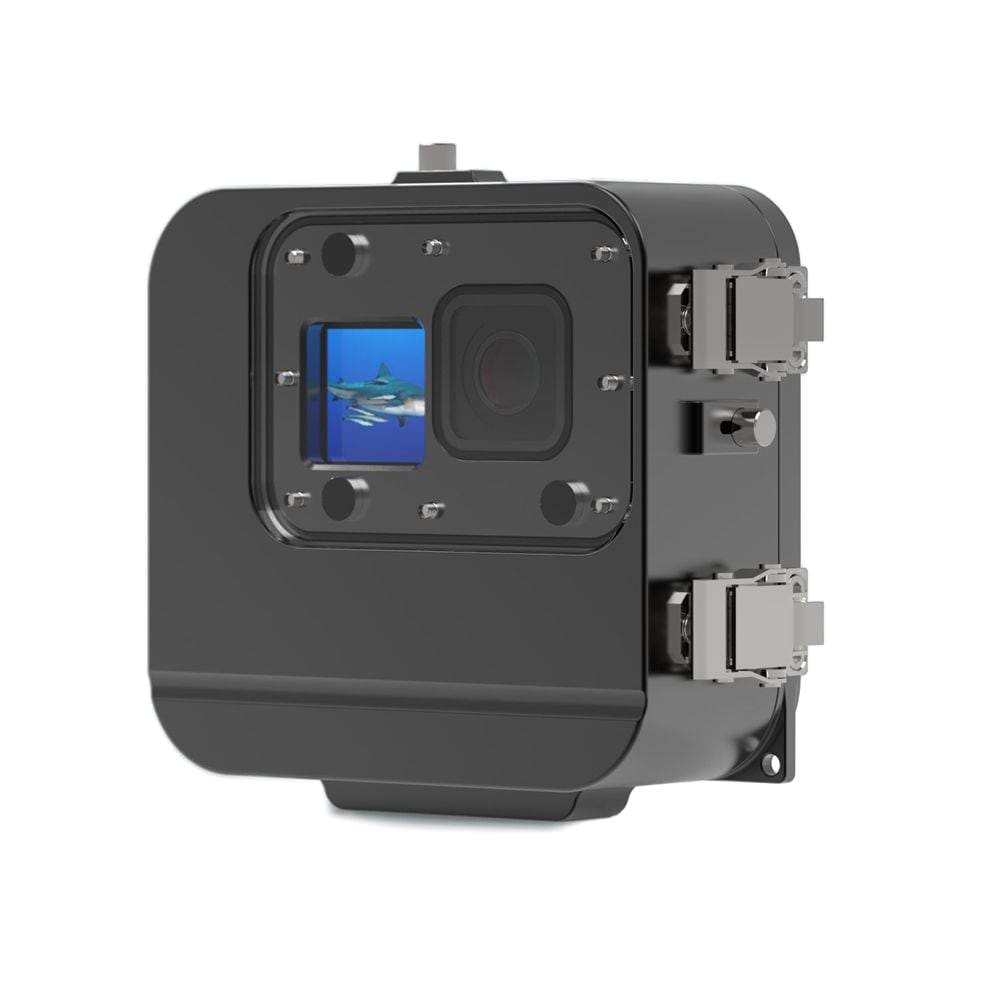

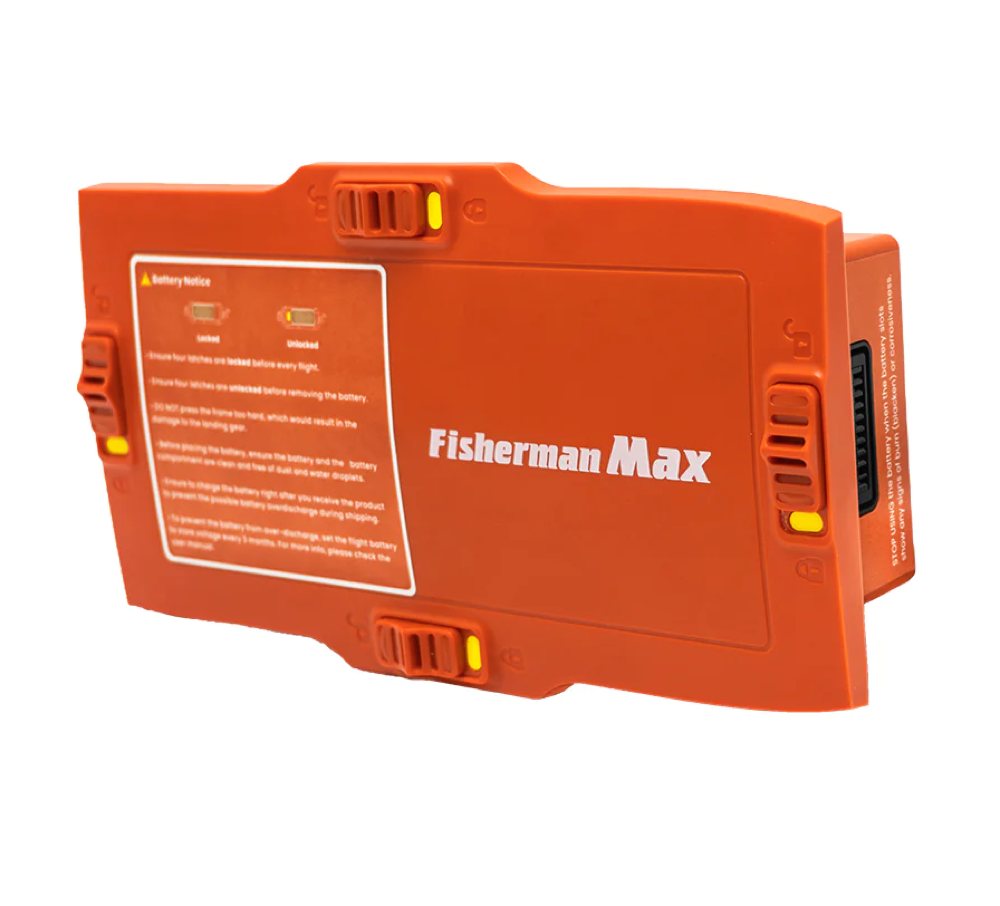


 Scubalamp PV21 LED Video/Photo Light - 2000 lumens wide - 1200 lumens spot
Scubalamp PV21 LED Video/Photo Light - 2000 lumens wide - 1200 lumens spot 



